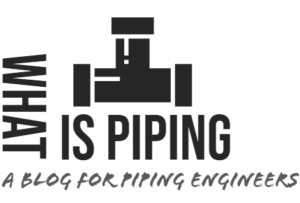Characteristics of Crude Oil | API Gravity, Flash Point, Fire Point, Octane Number
The important characteristic of crude oil is governed by the properties of pure hydrocarbon in terms of viscosity, density, and boiling point curves. These properties are very important for designing...
